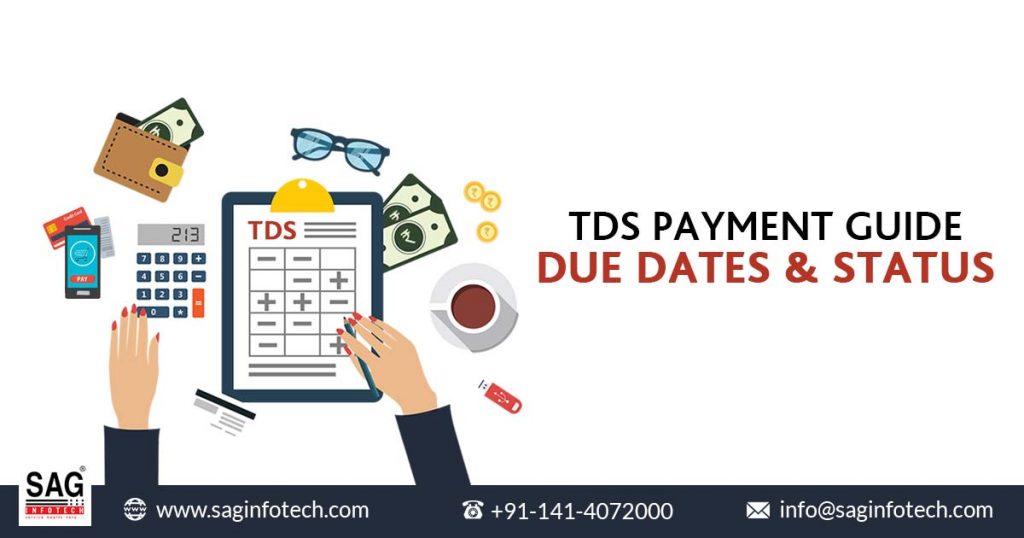
At the point of origin of income, taxpayers in India are required to pay TDS (Tax Deducted at Source) as per the Income Tax Act of 1961. An amount from the total earnings received by a deductee or receiver is generally withheld by the deductor (person, institution, or organisation). This deducted amount is equal to the tax amount, which needs to be credited to the government account within the prescribed time limit.
TDS Applicability in Multiple Forms
Most people in India believe that TDS applies to salaried individuals, but that’s completely wrong. There are multiple scenarios where TDS is applied, such as:
- Income earned from the Interest on securities and debentures
- Interest Income received from various sources other than securities and debentures
- Dividend Income
- Money received from EPF (if it is availed before the prescribed withdrawal limit or if the amount withdrawn exceeds the specified limit)
- Money sent to freelancers, contractors or subcontractors
- Winnings from game shows, lotteries, crossword puzzles or any other game-related winning, Insurance or brokerage commission earnings
- Earnings from the transfer of Movable property
- Profits received from technical or professional services to clients
- Income earned against royalty, etc.
Why Does TDS at the First Place Exist?
It is a well-known fact to everyone that earnings or income received by people in India are subject to tax at the end of the financial year. It is challenging for the central government to maintain cash reserves or national revenue if income earned by citizens is taxed only at the end of the year. Hence, to avoid such a situation, the concept of TDS has been introduced. The introduction of the TDS system helps the Indian government to:
Prevent the evasion of Tax: The TDS mechanism is a masterstroke by the government to receive a portion of the total payable tax from the income at its source point directly with zero delays. This way, the government ensures that people do not hide their actual income and also minimises tax defaults.
- Steady Revenue Source: The imposition of TDS on taxpayers also provides a stable revenue source to the government throughout the fiscal year.
- Simplify Tax Return Filing Process: As the tax gets deducted automatically via TDS at source, the taxpayers won’t have to pay any other taxes during return filing, if they do not have any other source of income.
- Maintain Timely Collection of Taxes: The government ensures a timely collection of taxes by imposing the TDS system.
- Provide Convenience to the Taxpayers: Individuals can plan their finances very well as the total tax payment gets spread throughout the year for them via TDS. Lump-sum payment of TDS in a single month is a bit difficult for salaried persons as it strikes their financial obligations hard.
Recommended: Free Download Trial Version of TDS Return Filing Software
What is TAN in TDS?
TAN stands for Tax Deduction and Collection Number; It is a ten-digit alphanumeric number that is issued to the registered organisations or individuals who are obliged to deduct or collect tax at source against payments made by them.
All individuals or organisations (bound to deduct tax) must mention the required TAN details to the Income Tax Department in all practices that are relevant to TDS (e.g. TDS returns, issuance of Form 16, TDS payments, etc.), as per Section 203A of the Income Tax Act 1961. Those who fail to fulfil the above duties are obliged to pay a penalty of INR 10,000.
All the authorised banks in India don’t accept TDS deposits or payments when the TAN details are not mentioned by the depositor.
Point to Note:
- In many instances, TAN and PAN are assumed to be the same documents by many people, thinking they can be used interchangeably, which is entirely a false assumption.
- One must know that the organisations, individuals or any other entity that is responsible for tax deduction at source must have a TAN, even if they have a PAN. In cases where the deductor deducts TDS under section 194-IA, 194-IB, 194M, or 194S, obtaining a TAN is not required. The deductor can use his PAN instead of a TAN
TAN Application Procedure
The TAN application procedure is straightforward and can be done online by submitting Form 49B.
TDS Deduction
- As per Section 192 of the Income Tax Act, the deductor must collect TDS at the time of actual payment of salary to employee accounts rather than the accrual time of salary.
- If any employee gets salary/wages in advance or arrears on salary are paid in advance, then TDS must be collected at that time too.
- Apart from this, for all other payments, TDS must be deducted at the time of Payment or credit or income (whatever falls first).
TDS Online Payment
- The online TDS payment facility is driven by the philosophy of “Anytime, Anywhere.”
- Thanks to online TDS filing, the TDS administration has become easy and transparent for both taxpayers and the government, helping minimise tax scams.
- The TDS website is a common platform for everyone, including deductors, taxpayers, and assessment officers, to obtain or get hands-on with the same TDS data.
- Increasing digitisation is becoming a cornerstone of a speedy, accurate, and stable TDS system in the country.
How to Make TDS Payment Online?
W.e.f. January 1st, 2014, the government has made it compulsory for all the public & private sector deductors, and other assessees, who are bound to audit under Section 44AB, to use the electronic transfer method of making TDS Payments online. For such a purpose, such personnel must have an active net banking facility with an authorised bank; the eligible banks are listed on the ITD portal.
Here is a step-by-step procedure for online TDS payment:
- The taxpayers, first, should visit the Income Tax Department E-Payment website. Here is the link for the same: https://eportal.incometax.gov.in/iec/foservices/#/e-pay-tax-prelogin/user-details
- Deductees falling in the category other than the company must select (0021), Non-company deductee option. Others must choose (0020) Company Deductee.
- Enter TAN details. The entered details must be used for online verification of TAN.
- If the entered TAN details are not present in the income tax department database, then the user won’t be allowed to proceed further with the Online Payment.
- After submission of TAN, enter the relevant assessment year (AY), which is the immediately following year for the given financial year whose income is being evaluated. For instance, AY for the income earned between 1st April 2025 to 31st March 2026 would be AY 2026-27.
- Afterwards, enter challan details like name, address, email ID, and contact details of the TAN holder must also be submitted.
- Also, you will need to select the bank through which the TDS will be deposited.
- Select the payment type
- In case of a normal payment, click on the (200) TDS/TCS Payable by Taxpayer, or if it is a payment against the request raised by the income tax department (e.g., Payment of interest or late fees as per section 234E), then you must click on the (400) TDS/TCS Regular Assessment (Raised by I.T. Department)
- Select the payment nature type (e.g. Payment of insurance commissions, fees for professional services or rent), etc.
- Confirm all the entered data in the challan by entering it properly and as per the best of your knowledge.
- Post confirmation of data, you will be redirected to your bank’s net banking website page.
- You must log in with a valid user ID and password for the processing of the payment.
- Once the payment is successful, the system will display a challan counterfoil.
- This particular challan contains CIN (Challan Identification Number) along with other details like bank name, customer name, Bank Branch Code, date of challan, etc.
- All the entered challan details are transmitted by your collecting bank to the “Tax Information Network” (TIN) by taking the help of https://onlineservices.tin.egov.proteantech.in/TIN/JSP/etbaf/ViewBIN.jsp
Why TDS Certificate Required?
Once the TDS has been deposited with the income tax department, the deductor must issue a TDS certificate to the deductee on whose behalf the tax payment has been made. The TDS return certificate required for Form 16 / Form 16A is generally issued on an annual or quarterly basis.
Advantages of Online TDS Payment
- The online TDS payment facility is available 24/7 throughout the year for taxpayers.
- The deductor can make TDS payments anytime, anywhere, as per convenience.
- Immediate acknowledgement is received by the taxpayer in case of an online TDS payment.
- The challan copies can be downloaded instantly and can be saved on the computer for future reference.
- Minimal Paperwork with zero hassle.
- As the Paperwork is completely zero, it leads to better environmental safety.
Time Limit of TDS Payment and Schedule
- The last date for making Payment of TDS collected by the deductor is the 7th of the subsequent month. For instance, for July, the deductor is required to make the TDS payment on or before August 7th.
- The only exception is the month of March (as it is the last month of a particular financial year), where the TDS deductor is allowed to make a TDS payment on or before April 30th for the given year.
- All types of deductors (e.g., government and non-government assessee, etc.), who submit tax with a Challan (treasury challan), are instructed by the government to follow this particular TDS timeline.
- In the case of government deductors making TDS Payments without a challan, the due date for Payment of TDS will be the same day when the tax amount has been deducted.
- In some cases, the quarterly Payment of TDS might be allowed by the Assessing Officer (AO) by obtaining the prior approval of the Joint Commissioner. If that happens, then the last date for TDS payment would be the 7th of the subsequent month following the given quarter and April 30th for the last quarter of a particular financial year.
E-File TDS Returns
- All the corporate deductors are mandated to furnish their TDS returns in electronic format (w.e.f. June 1st, 2003) (e-TDS returns).
- W.e.f. In the fiscal year 2004-05, the government deductors have also been required to furnish e-TDS returns.
- Apart from the government and corporate deductors, other deductors have the option to furnish TDS returns in either electronic or physical format.
How to Use TDS Return Files Online?
The TDS returns need to be filed on a quarterly basis, and the due date for the same is the 31st of the month after the end of the concerned quarter.
The only exception is the month of January-March (as it is the last quarter of a particular financial year), where the TDS deductor is allowed to file the TDS return on or before May 31st for the relevant year.
TDS return can be filed by a registered taxpayer, individual, organisation or institution that operates as a deductee. Quarterly TDS returns are filed by such entities. According to section 201 (A), the interest incurred on the delay in Payment of TDS should be furnished by the taxpayers before filing their TDS return.
Some Important Points About TDS Return Forms:
- Form 24Q: This form needs to be filed against deductions made from salaries
- Form 26Q: This form must be filed for deductions made from payments apart from salary.
- Form 27Q: This is a quarterly TDS return form that needs to be filled out by the deductor on behalf of all the deductions made against NRIs
- Form 27EQ: This serves as the TCS quarterly return that needs to be filed by the deductor
- Form 27A: This form must be attached along with quarterly statements by duly signing it.
Key Points to Remember Concerning TDS Returns
- NSDL e-Governance Infrastructure Limited (NSDL e-Gov) operates as an e-TDS intermediary between the CBDT and the TDS deductors.
- TIN Facilitation Centres (TIN-FCs) have been established across the country by NSDL e-Governance to assist TDS deductors in the TDS return filing process.
- Both the online and offline formats of the file TDS return quarterly are the same.
- The e-TDS statements should be structured as per the file format (clean ASCII File), which is similar to the details that are provided by the income tax department.
- For easy preparation of TDS returns, the government also offers free downloadable software (Return Preparation Utility – RPU) that has been devised by NSDL.
- The TDS deductors can also use third-party TDS tools for preparing and furnishing e-TDS.
- All the approved vendors’ details can be seen by taxpayers on the NSDL-TIN website (www.tin-nsdl.com).
Penalties & Consequences for Missing the TDS Payment Due Dates Penalty
Late In TDS Payment
- Deductors must deduct the TDS on the 30th of each month, except for February, where it should be deducted on the last day of the month.
- In case TDS is not deducted on the due date (whether in whole or part), the deductor would have to pay interest at a rate of 1% p.m. or part thereof, starting from the date such TDS was deductible till the date of actual deduction.
- For instance, if the due date of the TDS payment was July 30th, but it was actually deducted on August 5th, in such a scenario, the TDS deductor would be bound to pay interest for two months, i.e., July and August.
Delay in TDS Payment
- As per Section 201 (1A) of the Income Tax Act, if the TDS deductor fails to furnish the deducted TDS payment to the credit of the concerned tax authorities within the given time frame, whether in whole or in part, he/she would be liable to pay interest at a rate of 1.5% per month or part thereof, starting from the date when TDS was actually deducted till the date TDS was furnished to the credit of the government.
- For ease of calculation, the entire calendar month is considered during interest calculation (e.g. a portion of a month will be considered as full while making TDS interest calculation).
- This simply means that even a delay of one day can cause interest in two months for TDS deductors.
- For instance, suppose for the TDS deducted in the month of July, the Payment has been delayed by a single day and deposited to the credit of the government on August 8th. In such a case, the deductor would be forced to pay interest for two months, i,e, a total of 3% interest.
Apart from interest applicable on TDS late deduction and late Payment, there are some additional provisions for penalty and prosecution too:
Penalty as per Section 221
- The defaulter, i.e., the TDS deductor, is liable to pay the penalty in case he fails to deduct tax, without any proper reason as judged by the Assessing Officer.
- In any case, the amount of penalty should not exceed the amount of tax in arrears.
Penalty as per Section 271C
- A penalty that equals the tax amount can be imposed if the deductor fails to deduct or fails to pay the required TDS amount
- Although the authority to levy such a penalty lies within the hands of a Joint Commissioner of the Income Tax Department only.
Prosecution Proceedings According to Section 276 B
Late TDS Return Filing
- In case an assessee or deductor fails to furnish a TDS return within the given period, he/she is liable to a penalty of INR 200 per day until a TDS return has been furnished, as per Section 234E of the Income Tax Act.
- The total penalty amount should not surpass the total amount of TDS collected.
- This penalty is also imposed in case of purchase of immovable property or furnishing Form 26 Q.B.
- Further, as per Section 271H, submission of incorrect data, such as TAN, Challan Number, TDS Amount, etc. or delay in TDS return filing for more than a year, starting from the due date, can attract a minimum penalty of INR 10,000 to 1,00,000.
Procedure to Check/Verify TDS Payment Status
TDS payment status can be checked online by the taxpayer by visiting the online portal of the Centralised Processing Cell.
Here are the detailed steps for the same:
- Go to the official TDS CPC website, click on the link https://www.tdscpc.gov.in/app/tapn/tdstcscredit.xhtml
- Enter the given captcha code and press the submit button.
- Mention details like PAN, fiscal Year, TDS Quarter, TAN, and Return type. Now, click on the “Go” button.
- TDS credit details of the taxpayer are showcased on screen.
What is the TDS Return Due Date?
Detailed information about TDS payment due dates and other timelines for filing and depositing TDS/TCS returns is mentioned below in the table. You can also check the late payment and interest charges on late deductions and deposits of TDS.
TDS Filing Due Dates For FY 2024-25
| Deduction Month | Quarter Last date | Last date for TDS payment | TDS Return Filing Due date |
|---|---|---|---|
| April | June 30th | May 7th | July 31st |
| May | “ | June 7th | “ |
| June | “ | July 7th | “ |
| July | September 30th | August 7th | October 31st |
| August | “ | September 7th | “ |
| September | “ | October 7th | “ |
| October | December 31st | November 7th | January 31st |
| November | “ | December 7th | “ |
| December | “ | January 7th | “ |
| January | March 31st | February 7th | May 31st |
| February | “ | March 7th | “ |
| March | “ | April 30th | “ |
TDS Online Payment FAQ’s
The payment instructions for the Corporate Customer are as follows:
- Fill the important details which are ad hoc for the payment on the ITD portal/Treasury website.
- Opt for ICICI Bank for payment.
- Make sure you have automatically taken to the Bank’s Corporate Internet Banking site.
- Enter the required payment details.
- Address the transactions according to the “Company’s Approver Matrix” given by the system.
The right bank account number can be submitted by selecting the option of refund reissue. Steps to apply for refund reissue are follows:
- Go to the website https://incometaxindiaefiling.gov.in and Login
- Go to “My Account” Choose – “Service Request”
- Choose Request Type – “ ‘New Request’”
- Choose “Refund Reissue” from the requested category.
- Update the details of a bank account.
- Click → “Submit”.
Yes the salary is taxable in the A.Y. 2025-26. The tax is leviable on salary on due or receipt basis, whichever is earlier. Once taxed on receipt basis in A.Y. 2024-25, it can not be taxed on the due basis for A.Y. 2025-26.
One can discover the TAN of the deductor in two ways. One is Form 16/16A and the second is 26AS tax credit statement, present on https://www.tdscpc.gov.in/app/login.xhtml TRACES website..
Yes, the salary is taxable under the head “Income From Salary” as salary includes overtime payment received from the employer as well.
In general, the word “TDS” is used with respect to employer and employee relationship. A TDS is deductible every month from employees’ salary. An employer can deduct TDS while paying salary to the employee based on the income tax rate applicable to the employee. Rest other payments which come under the ambit of TDS deduction are as follows: Payments to contractors, Payment of interest on investments, Payment of rent, Payment for professional or technical services, payment of compensation on procurement of immovable property and so on. TDS on all payments is deductible at certain predefined rates, until and unless it is not tax-exempt.
No, TDS is not deductible from the payment made to the Government. Further instances when the TDS is not deductible are as follows:
- Payment made to the Reserve Bank of India,
- Payment made to a corporate body established by or under a Central Act or any law for the time being in force, exempted from income-tax.
- Payment made to Mutual Fund stated u/s 10 (clause 23D) when the payment as interest or dividend with respect to securities or shares possessed by it or in which it has a profitable interest, or any other income accumulating or originating to it.
TDS refund can be claimed when the amount of tax which is payable in a year is less than the amount already deducted as TDS.
ORWhen the income of a person is below the minimum taxable limit and yet TDS has been deducted.
Let us take an example. Surendra is an independent contractor who has to pay an income tax of Rs. 40,000 on his net taxable income but Rs. 50,000 has been already deducted as TDS by all his contractees and remitted to the Government revenue. Here, Raj is eligible to claim TDS refund of Rs. 10,000.
Another example is when the income of a person is below the minimum taxable limit and yet TDS has been deducted. Veena provided counselling service to her customers and Rs. 10,000 was deducted at source by her clients. But the total annual income of Veena is only Rs. 1.5 lakhs which is below the minimum taxable limit. So, Veena is eligible to claim TDS refund of Rs. 20,000.
When the TDS is deducted, the corporate entity which is deducting the tax issues a certificate reflecting the amount of tax deducted and paid to the Government. Form 16 and Form 16A are those certificates which reflect the amount of payment made, amount of tax deducted and the TDS remitted to the Government.
The difference between the two is that Form 16 is issued on an annual basis by an employer to the employee for the TDS on salary whereas Form 16A is issued every quarter by other deductors who deducts TDS on all payments except the salary.
As per some provisions of TDS, TDS has to be deducted at the time of payment or at the time of credit, whichever comes earlier. TDS is deductible on advance payments also.
In the old ITR forms, there was no option to take forward the surplus TDS and so the taxpayers had to showcase the complete TDS as a deduction and claim refund of surplus TDS.
So, to combat the issue, the Schedule of TDS/TCS in the ITR forms now has columns to furnish the details of tax deducted in previous years. One cannot claim credit of TDS applicable to the income which is taxable in subsequent year. Hence, this TDS credit can be taken forward to the coming years and can be claimed in the year when tax is leviable on income.
Let us understand it with an example. Let us suppose the TDS is deducted on 1st August and the due date for remitting the TDS is 7th September. But the tax is deposited on 8th September i.e. one day later from the deadline. Then the interest will leviable from 1st August to 8th September means for 2 months.
In general, the TDS refund is auto processing and gets credited automatically. However, due to any reason, if the TDS is not refunded, the status of the refund can be viewed online by entering the PAN and the A.Y. on the e filing website of the Income Tax department.
Some cases when TDS refund is delayed :- When returns are filed physically.
- When returns are filed electronically but ITR-V is not sent on time.
- When an incorrect bank account number or address is given.
In the first two cases, you need to wait for sometimes. While in the last case, you must contact your Assessing Officer and ask them to rectify the information.




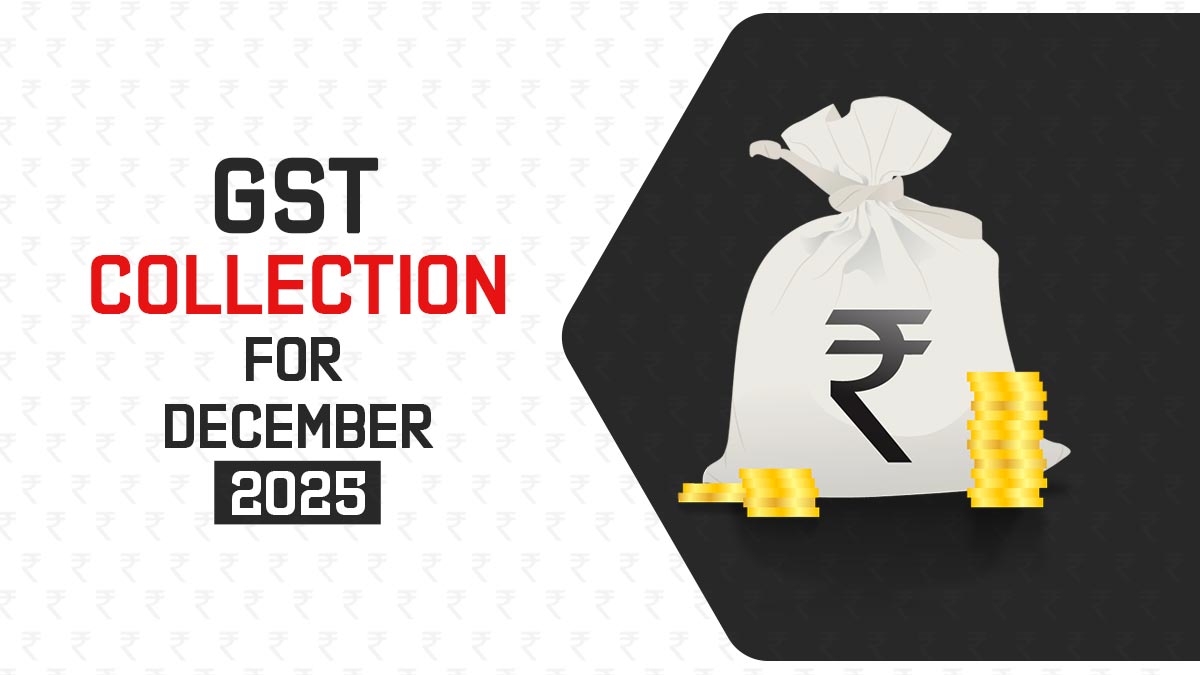
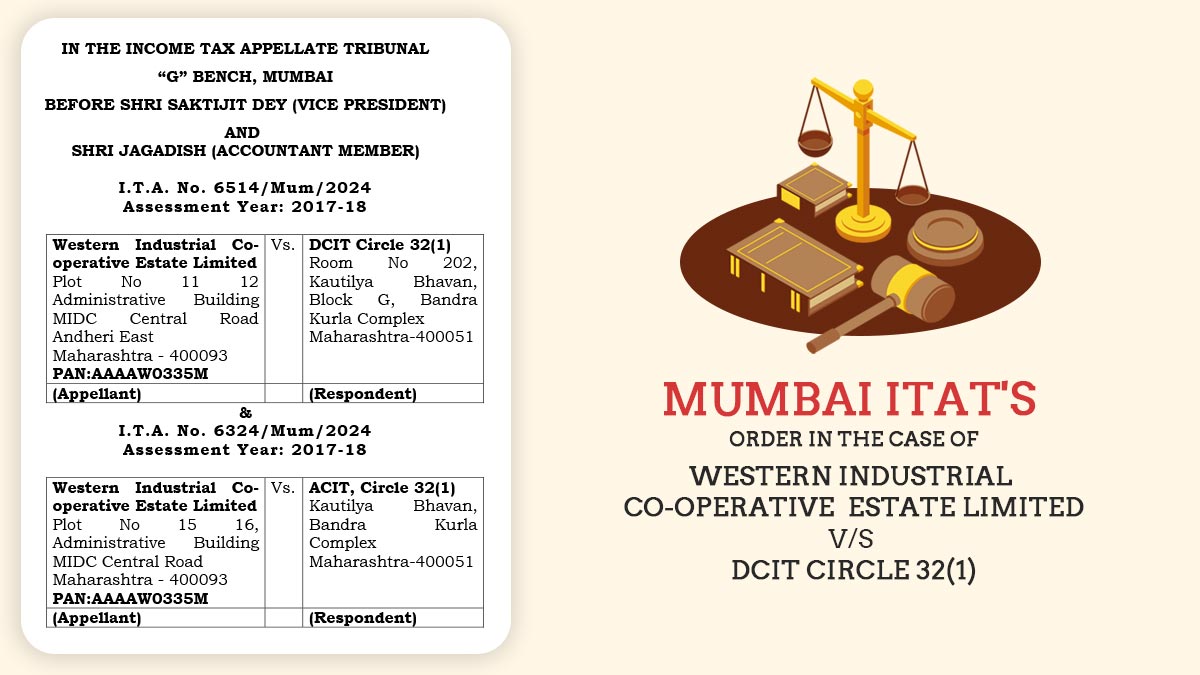
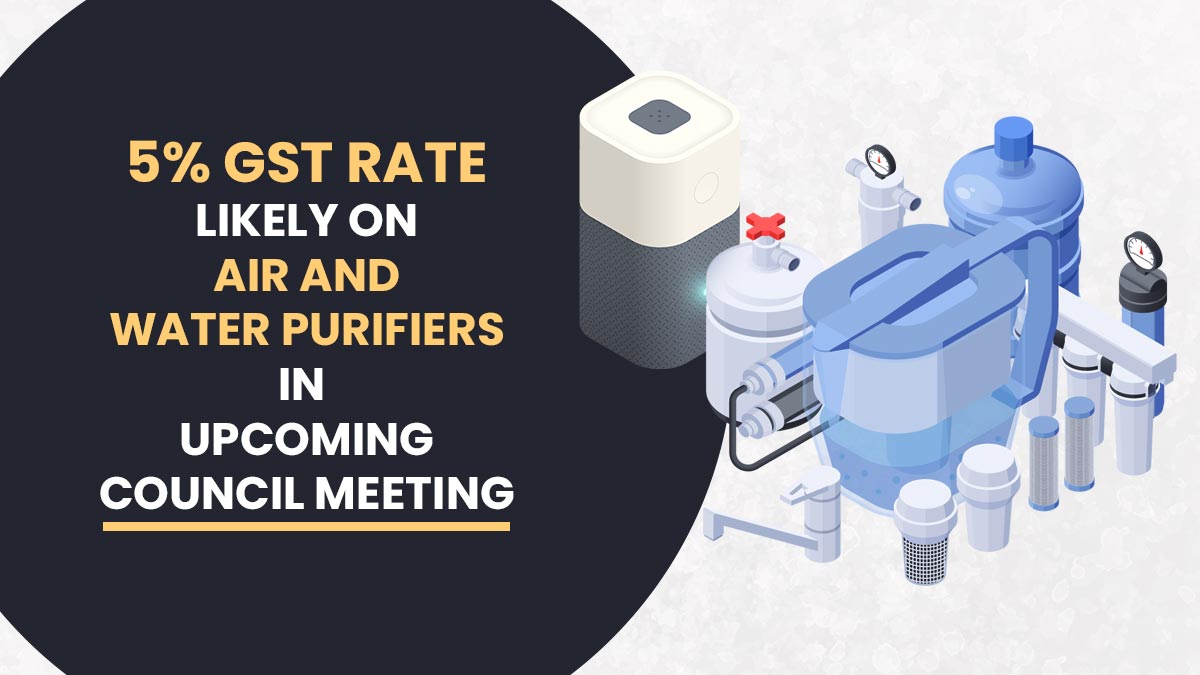


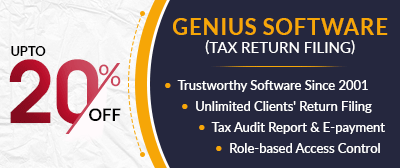
HOW TO PAY TDS ONLINE
PLEASE SEND ME STEPS WHICH FILL TDS ONLINE BY INCOME TAX SITE
last date for filing of 27EQ is 15 th of july but we filed on 17 th july AND IMPOSED PENALITY OF RS.400/- FOR LATE FILING HOW CAN WE SOLVE TH E PROBLEM
Due date of payment is 7th sep
due date of tds return is 31/10/2020
The due date for the 1st and 2nd quarter of TDS Return for FY 2020-21 is 31st March 2021 and Due date for the 3rd Quarter is 31st January 2021.
I have rent for the month of Apr’20 to Aug’20 on Sep 15th, 2020 and TDS has been paid on the same day did I have to show the deduction in the respective month and pay interest for it or can I show the all the deduction in Q2 return to avoid interest
TDS Deducted for the month of April 20 to June 20 will be shown under the return of the 1st Quarter and from July 20 to Sep 20 will be shown in the return of the 2nd quarter to avoid interest.
Sir,
I am working in a private company. My age is 55. I earned a salary plus FD interest at bank Rs.290000/-(Rupees Two lakhs ninety thousand only) before std.deduction for the period from April2018 to March2019.TDS not deducted in our company since the amount is below Rs.5 lakh.
Please clarify and help whether to file an ITR return for FY2018-2019
Thanks and regards
K.Rengarajan
You can file your return for F.Y 2018-19 till 30th September 2020 and ITR-1 is applicable as you having income from salary and FD Interest.
A.y.2020-21 q1 while checking June challan by view bin details are not matched but April may challan are matching.
What is the problem in jun month challan?
Sir.,
I received the vendor bill on the 6th of August2020 and the TDS on the bill for Rs.150/-was accounted on the same day ie.,6th of August2020 then when to Deposit the TDS amount of Rs.150/- to GOVT and what is the due date for filing.
Thanks and regards
DUE DATE OF PAYMENT: 07 SEP
DUE DATE OF TDS RETURN: 31/03/2021